What Is It?
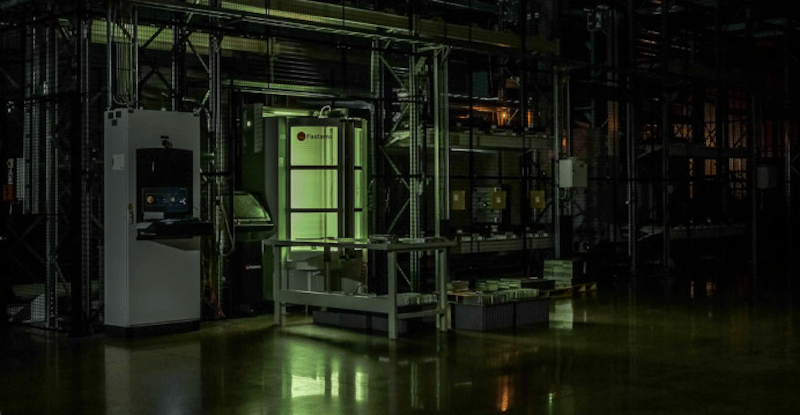
A flexible manufacturing system (FMS) is a manufacturing asset that can adapt to changing requirements. It allows for the the production of more than one type of part or a “family” of parts, as needed. There are multiple types of flexible manufacturing systems, each with various applications in the manufacturing industry.
FMS Types
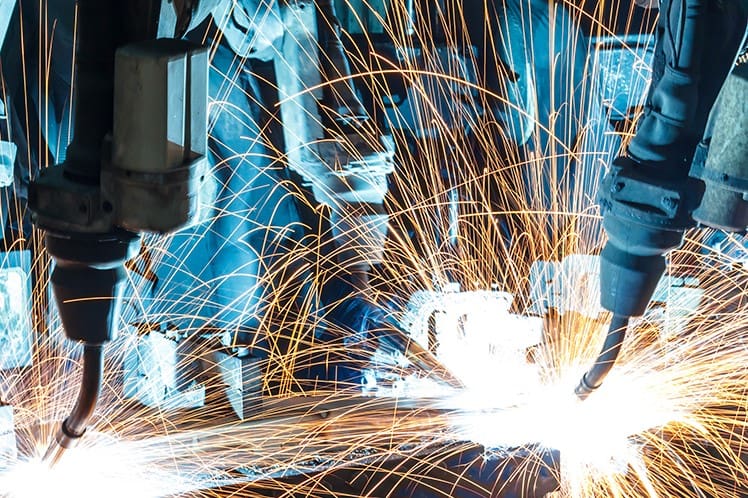
An FMS can be classified as any of the following:
- Random order FMS: Sophisticated setup, allows for production of complex designs
- Dedicated FMS: Specialized system, designed to produce a fixed selection of parts
- Assembly: Machines weld, bolt, or otherwise join and assemble parts from other parts
- Processing: Processes a part to alter its form, features, or appearance
- Single machine cell (SMC)
- Flexible manufacturing cell (FMC): Contains 2-3 machines
- Flexible manufacturing system (FMS): Contains 4+ machines
Components
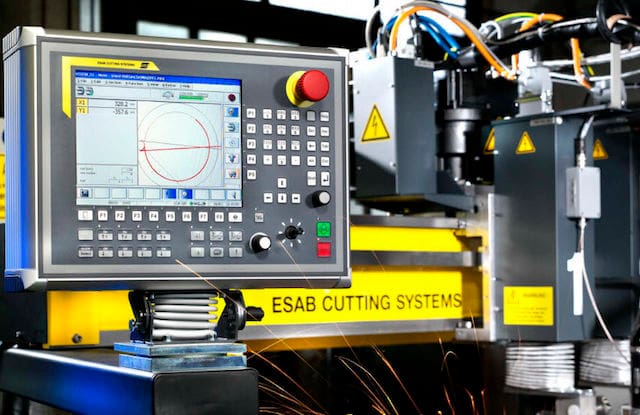
Flexible manufacturing systems are comprised of production “cells”, which include control computers, production machines, and material handling systems. Without material handling or computer control systems, an FMS would lose much of the flexibility that makes it so useful. Three main modules are vital to its functionality: control computers, production machines, and material handling systems.
Control Computer(s)
This module controls the system and allows the operator to interface with it. It also allows for the system to switch from producing one part to another very quickly. The control computer is made for producing a variety of parts as well as changing production times, quantities, and part types.
That’s not all it can do, however. It’s crucial that the control computer can recover from malfunctions and breakdowns so that production is not halted. It’s also important that the control computer accepts new designs with relative ease. The degree of flexibility in these areas is largely affected by the design of the control computers in the system.
Production Machines
Production machines are predominately automated CNC (subtractive manufacturing) machines, however, 3D printing is being incorporated more as the process matures. This allows the production cell to produce whatever parts are needed.
As additive manufacturing becomes incorporated into FMSs, the types of parts that can be produced by a production cell increases. For instance, Raise 3D’s Pro2 series is designed for industrial needs. Using them in an FMS makes the production of small batches of parts more cost-effective and enables the production cell to switch materials with ease.
Material Handling Systems
The material handling system feeds material to machines to ensure smooth operation. This system can include any number of conveyors or filament spools, which can be re-arranged and changed to accommodate production requirements.
This is a vital part of an FMS as any failure can inhibit production. It must also allow for random movement of parts between stations and be able to route materials to effectively maintain production when some stations are busy or down for maintenance.
Compared to Other Manufacturing Techniques
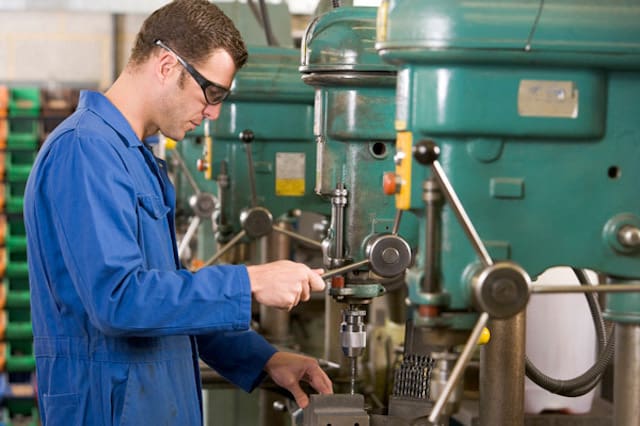
Flexible manufacturing relies on what’s called “group technology” in order to achieve the manufacturing objective. Dedicated machinery is often employed in manufacturing when cost savings are important, however, these machines lack the flexibility that a more expensive lathe, drill press, or other manually operated tool might have. By using an FMS, manufacturing can be done in smaller batches with the ease and efficiency of mass production.
Pros
- Lower cost
- Higher productivity vs manual machinery
- Higher quality vs manual machinery
- Fairly reliable
- Smaller inventory footprint
- Shorter lead times
Cons
- Higher complexity vs manual machinery
- Higher initial cost vs manual machinery
- Requires skilled workers
- Pre-planning can be difficult
FMS in Action
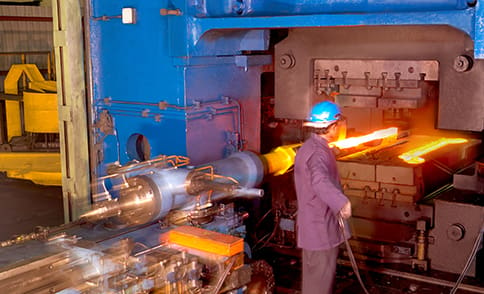
Flexible manufacturing systems are most often used when small (relative to mass production), customized batches of products are required. A “small” single manufacturing cell can consist of varying kinds of production, material handling, and computer control modules. This is often called an SMC when a single production machine is used, an FMC when 2-3 machines are used, or an FMS when 4 or more are used. These systems are applied to produce, process, assemble, weld, and even forge products.
Anywhere there’s a need for efficiency on par with mass production in custom batches of parts, FMSs can be used. Many applications of these systems have been explored and studied by industries. Some companies use an FMS to produce lines of products, such as auto parts, but Orizon Aerostructures is an example of an FMS applied to the aerospace industry.
Another application of an FMS is in education. Institutions and factories can use an FMS to simulate a production line. This lets students get acquainted with the equipment and duties of working in a modern manufacturing facility.
In Closing
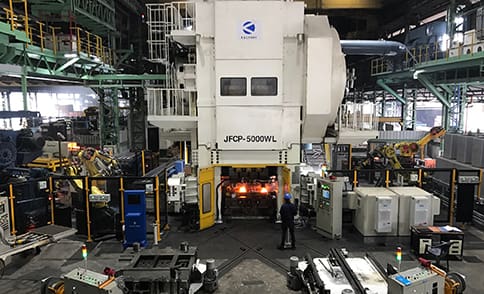
Flexible manufacturing systems are commonly employed for small batch production runs that require frequent changes and adaptations to meet demands.
They offer an array of advantages over manual production or other methods of small-batch production but with more flexibility and lower costs. As 3D printing advances, solutions like Raise3D’s industrial 3D printer will likely become more commonplace, and perhaps enable FMSs to gain more widespread use.
(Lead image source: cncind.com)